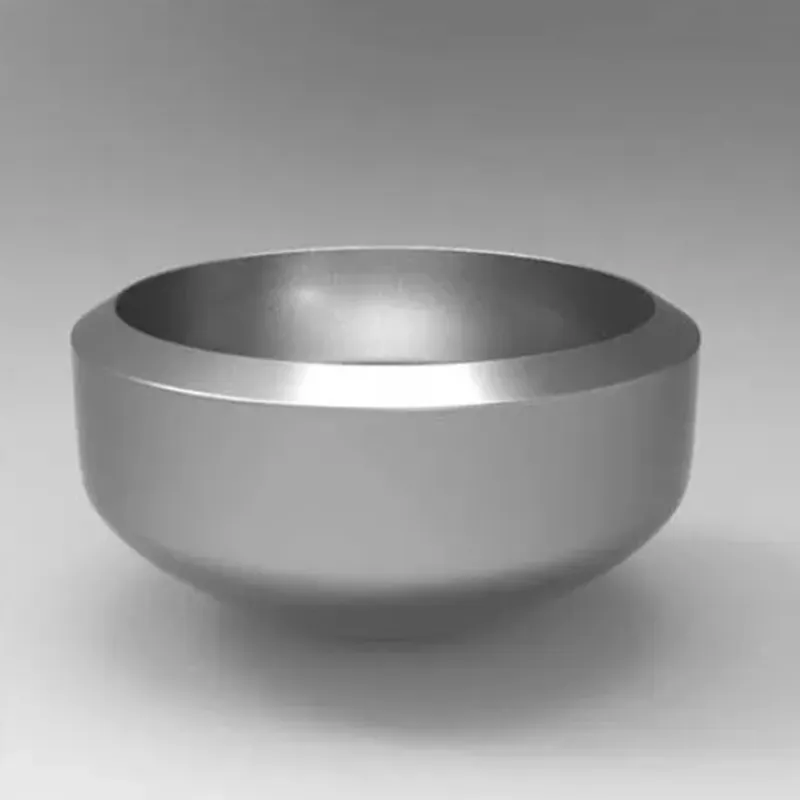-
Cangzhou Yulong Steel Co., Ltd.
-
Phone:
+86 13303177267 -
Email:
admin@ylsteelfittings.com
- English
- Arabic
- Italian
- Spanish
- Portuguese
- German
- kazakh
- Persian
- Greek
- French
- Russian
- Polish
- Thai
- Indonesian
- Vietnamese
- Zulu
- Korean
- Uzbek
- Hindi
- Serbian
- Malay
- Ukrainian
- Gujarati
- Haitian Creole
- hausa
- hawaiian
- Hebrew
- Miao
- Hungarian
- Icelandic
- igbo
- irish
- Japanese
- Javanese
- Kannada
- Khmer
- Rwandese
- Afrikaans
- Albanian
- Amharic
- Armenian
- Azerbaijani
- Basque
- Belarusian
- Bengali
- Bosnian
- Bulgarian
- Catalan
- Cebuano
- China
- China (Taiwan)
- Corsican
- Croatian
- Czech
- Danish
- Esperanto
- Estonian
- Finnish
- Frisian
- Galician
- Georgian
- Kurdish
- Kyrgyz
- Lao
- Latin
- Latvian
- Lithuanian
- Luxembourgish
- Macedonian
- Malgashi
- Malayalam
- Maltese
- Maori
- Marathi
- Mongolian
- Myanmar
- Nepali
- Norwegian
- Norwegian
- Occitan
- Pashto
- Dutch
- Punjabi
- Romanian
- Samoan
- Scottish Gaelic
- Sesotho
- Shona
- Sindhi
- Sinhala
- Slovak
- Slovenian
- Somali
- Sundanese
- Swahili
- Swedish
- Tagalog
- Tajik
- Tamil
- Tatar
- Telugu
- Turkish
- Turkmen
- Urdu
- Uighur
- Welsh
- Bantu
- Yiddish
- Yoruba

Dec . 20, 2024 06:27 Back to list
en1092 1 pn40
Understanding EN 1092-1 PN40 Flanges
Flanges are mechanical devices used to connect pipes, valves, and other equipment in a piping system, ensuring a leak-proof seal and facilitating maintenance and inspection. One of the standardized flange types is defined by the EN 1092-1 specification, which is widely recognized in Europe and other parts of the world. Among several pressure ratings available, PN40 (Pressure Nominal 40) signifies a level of performance suitable for high-pressure applications.
Overview of EN 1092-1
EN 1092-1 is a European standard that outlines the specifications for flanges used in various industrial applications. This standard covers different types of flanges such as blind, slip-on, and weld neck, ensuring they meet specific mechanical and dimensional criteria. The flanges are designed to accommodate pipelines for transporting liquids and gases safely.
What does PN40 Mean?
The PN in PN40 stands for Pressure Nominal, which indicates the maximum permissible pressure for a flange at a specified temperature. PN40 means that the flange is suitable for use in systems where the pressure can reach up to 40 bar, or 580 psi. This pressure rating is particularly useful in industries that deal with high-pressure situations, including oil and gas, chemical production, and power generation.
Design Features
Flanges conforming to EN 1092-1 PN40 undergo rigorous design specifications to ensure durability and reliability. Key design features include
1. Material EN 1092-1 flanges are often constructed from steel, stainless steel, or ductile iron, depending on the application. The material choice impacts pressure resistance and corrosion resistance. For example, stainless steel flanges are preferred in corrosive environments.
2. Thickness The thickness of the flange is crucial as it influences the strength and ability to withstand high pressures. Flanges designed for PN40 applications have a minimum thickness that ensures safety and integrity under pressure.
en1092 1 pn40

3. Bolt Circle Diameter (BCD) Every flange has a specific bolt circle diameter which engages the bolts used to fasten it to another flange or to a valve. The correct BCD ensures a uniform load distribution and prevents leaks.
4. Face Types Flanges can have different types of face profiles, such as flat, raised, or ring-type joint faces, tailored to the needs of the application and the nature of the chemical process involved.
Applications of EN 1092-1 PN40 Flanges
Flanges complying with EN 1092-1 PN40 standards find diverse applications across multiple industries
- Oil and Gas In the oil and gas sector, where high pressures are the norm, PN40 flanges are utilized in transportation pipelines and refineries to facilitate safe operations.
- Chemical Industry The chemical production process often requires durable materials resistant to corrosive substances, where EN 1092-1 PN40 flanges play a vital role.
- Power Generation In power plants, where steam and water systems operate under high pressure, these flanges ensure a secure connection that minimizes the risk of failures.
Conclusion
EN 1092-1 PN40 flanges are essential components in modern industrial applications, providing the durability and reliability necessary for high-pressure environments. Their design, material selection, and adherence to strict standards ensure that they can handle challenging conditions safely. As industries continue to evolve and increase their operational demands, the importance of such high-quality flanges cannot be overstated. Whether in oil refineries, chemical plants, or power stations, the role of EN 1092-1 PN40 flanges in maintaining efficiency and safety remains paramount.
Latest news
-
ANSI 150P SS304 SO FLANGE
NewsFeb.14,2025
-
ASTM A333GR6 STEEL PIPE
NewsJan.20,2025
-
ANSI B16.5 WELDING NECK FLANGE
NewsJan.15,2026
-
ANSI B16.5 SLIP-ON FLANGE
NewsApr.19,2024
-
SABS 1123 FLANGE
NewsJan.15,2025
-
DIN86044 PLATE FLANGE
NewsApr.19,2024
-
DIN2527 BLIND FLANGE
NewsApr.12,2024
-
JIS B2311 Butt-Welding Fittings LR/SR 45°/90° /180°Seamless/Weld
NewsApr.23,2024











